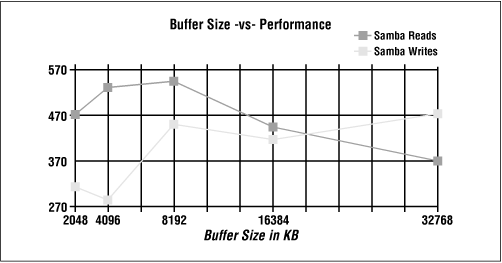TCP/IP works by breaking down data into small packets that can be transmitted from one machine to another. When each packet is transmitted, it contains a checksum that allows the receiver to check the packet data for potential errors in transmission. Theoretically, when a packet is received and verified, an acknowledgment packet should be sent back to the sender that essentially says, "Everything arrived intact: please continue."
In order to keep things moving, however, TCP accepts a range (window) of packets that allows a sender to keep transmitting without having to wait for an acknowledgment of every single packet. (It can then bundle a group of acknowledgments and transmit them back to the sender at the same time.) In other words, this receive window is the number of bytes that the sender can transmit before it has to stop and wait for a receiver's acknowledgment. Like the MTU, it is automatically set based on the type of connection. Having the window too small causes a lot of unnecessary waiting for acknowledgment messages. Various operating systems set moderate buffer sizes on a per-socket basis to keep one program from hogging all the memory.
The buffer sizes are assigned in bytes, such as
SO_SNDBUF=8192 in the
socket
options line. Thus, an example
socket
options configuration option is:
socket
options
=
SO_SNDBUF=8192
Normally, one tries to set these socket options higher than the default: 4098 in SunOS 4.1.3 and SVR4, and 8192-16384 in AIX, Solaris, and BSD. 16384 has been suggested as a good starting point: in a non-Samba test mentioned in Stevens' book, it yielded a 40 percent improvement. You'll need to experiment, because performance will fall off again if you set the sizes too high. This is illustrated in
Figure B.1, a test done on a particular Linux system.

Setting the socket options
O_SNDBUF and
SO_RCVBUF to less than the default is inadvisable. Setting them higher improves performance, up to a network-specific limit. However, once you exceed that limit, performance will abruptly level off.
